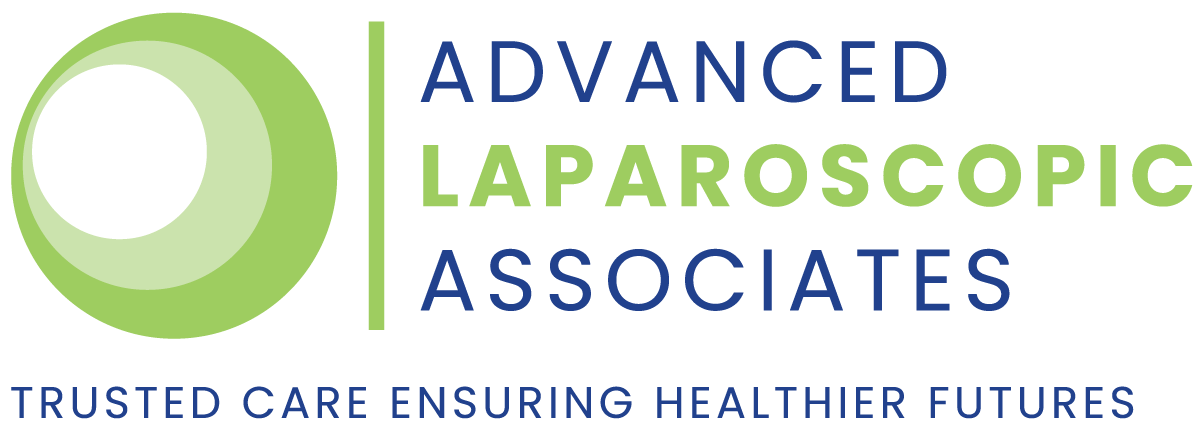If you’re one of the 20 percent of people in the United States who suffer from gastroesophageal reflux disease, also known as GERD, you know the agony of chronic heartburn. Heartburn, or acid reflux, can rob you of your enjoyment of eating, even when you are taking effective GERD medications. Treating acid reflux with medications can also cause side effects, especially over the long term. This is why some people consider a minimally invasive surgical solution to GERD known as the LINX® Reflux Management System.
At Advanced Laparoscopic Associates (ALA), we’re committed to helping our patients struggling with GERD, and the LINX system is one of the most effective tools in the toolbox. Here’s what you need to know about the LINX procedure and how it can help you if struggling with chronic acid reflux disease.
What Is the LINX procedure for GERD?
The LINX procedure involves the placement of a wire ring of connected titanium beads around the lower esophageal sphincter (LES). This sphincter is the junction between the esophagus and the stomach, and problems with this sphincter can increase the likelihood that stomach acid refluxes into the esophagus, causing heartburn. The LINX ring helps the sphincter stay closed, and it also allows for the sphincter to open appropriately when food is passing from the stomach into the esophagus.
How Is the LINX System Implanted?
The LINX procedure is carried out in a minimally invasive fashion. It is laparoscopically inserted at the level of the lower esophageal sphincter, necessitating just a few small incisions to view the placement of the system with a camera and maneuver the beads into place. Afterward, the ring of metal beads clasps together with a magnet and stays in place as scar tissue gradually forms around it over the next several weeks. Of note, the system is compatible with airport travel screenings, and it is safe in modern MRI machines.

